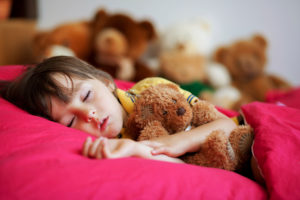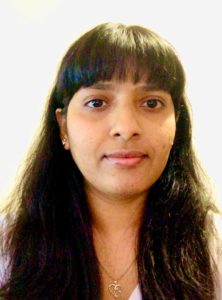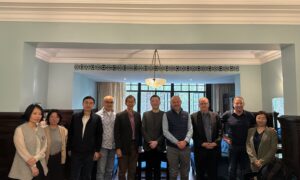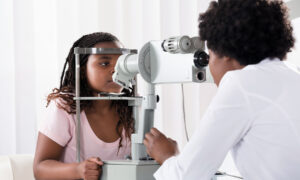February 1, 2023
By Durgasri Jaisankar, PhD, Postdoctoral Researcher at Brien Holden Vision Institute
 Recently, more studies have investigated the association between myopia and sleep patterns, focusing mostly on sleep duration. Shorter sleep duration and poorer sleep quality have been associated with greater myopic refractive error.1,2
Recently, more studies have investigated the association between myopia and sleep patterns, focusing mostly on sleep duration. Shorter sleep duration and poorer sleep quality have been associated with greater myopic refractive error.1,2
Here, the authors explore the association between the “timing or circadian aspect of sleep” and the pattern of sleep for the risk of incidence and progression of childhood myopia. Data from a two-year prospective, school-based study (24 schools), with a large sample of 6,295 children aged between 6 to 9 years at baseline, were analyzed. Children were followed up for 24 months. The parents/caregivers filled out a questionnaire related to children’s sleep patterns (the specific time when the child went to sleep in the night and woke up in the morning on a usual school day) at baseline and four times per year. Prevalence, incidence, and progression of myopia were evaluated based on the cycloplegic refraction at baseline and over 24 months.
Results indicate that bedtime was linearly associated with both prevalence at baseline and incidence of myopia. Sleeping late was associated with higher odds of being myopic. Children who went to sleep at 9:30 pm or later had significantly higher odds of being myopic at baseline (p=0.04) and developing myopia (p=0.02) during the follow-up. In addition, sleeping late had a strong association (p<0.001) with myopia progression.
The results indicate that sleeping late is a risk factor for the prevalence, development, and progression of myopia in urban Chinese primary school children. The authors opined that sleeping late could be suggestive of more late-night myopigenic activities, greater exposure to sub-optimal lighting, and possibly an altered circadian rhythm. The relationship between indoor environment, activities, and circadian rhythm with myopia is complex, and the results of the current study indicate the importance of further investigation in this area.
Abstract
Sleeping Late is a Risk Factor for Myopia Development Amongst School-Aged Children in China
Liu XN, Naduvilath TJ, Wang J, Xiong S, He X, Xu X, Sankaridurg PR
Myopia, a leading cause of distance vision impairment, is projected to affect half of the world’s population in 30 years. We analysed the relationship between certain demographic, environmental and behavioural factors and myopia from a 2-year school-based, prospective trial conducted in Shanghai, China. This trial enrolled 6295 school-aged children at baseline and followed them up for 24 months. The relationship between abovementioned factors and myopia was examined, and the role of sleep in childhood myopia development was highlighted. Our results suggest that “sleeping late” is a risk factor for myopia prevalence at baseline (odds ratio [OR] = 1.55, p = 0.04), 2-year myopia incidence (odds ratio [OR] = 1.44, p = 0.02) and progression over 24 months (p = 0.005), after adjusting for residency area, age, gender, sleep duration, and time spent outdoors. The identification and consistency of results with late sleepers being a susceptible group to both myopia onset and progression suggests a complex relationship between circadian rhythm, indoor environment, habitual indoor activities and myopia development and progression. These results can offer new insights to future myopia aetiology studies as well as aid in decision-making of myopia prevention strategies.
Liu, X. N., Naduvilath, T. J., Wang, J., Xiong, S., He, X., Xu, X., & Sankaridurg, P. R. (2020). Sleeping late is a risk factor for myopia development amongst school-aged children in China. Scientific reports, 10(1), 1-11.
DOI: https://doi.org/10.1038/s41598-020-74348-7
 |
Durgasri Jaisankar, BS Optometry, PhD, is working as a postdoctoral researcher in lens design and development at the Brien Holden Vision Institute, Sydney. Her current area of research is spectacle and contact lens designs for myopia management and presbyopia. |
References:
- D. Jee, I. G. Morgan, and E. C. Kim, “Inverse relationship between sleep duration and myopia,” Acta ophthalmologica 94, e204-e210 (2016).
- M. Ayaki, H. Torii, K. Tsubota, and K. Negishi, “Decreased sleep quality in high myopia children,” Scientific reports 6, 1-9 (2016).













